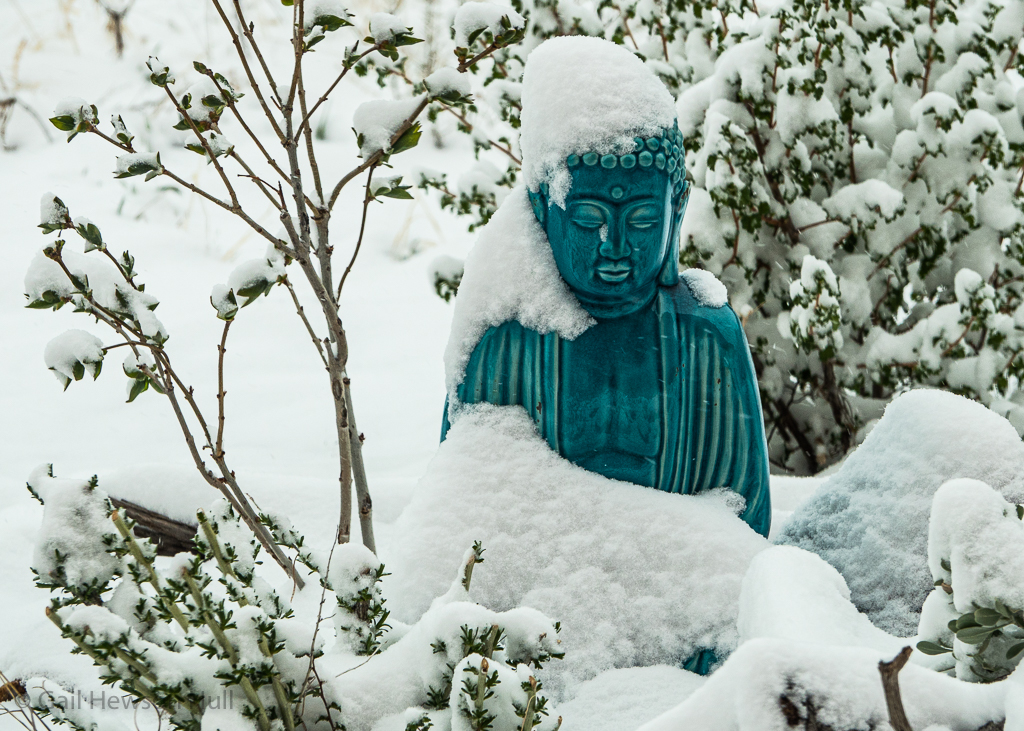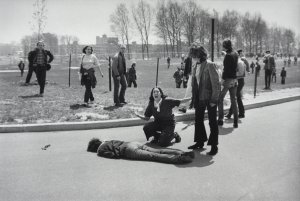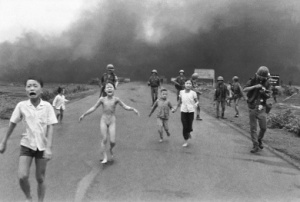PHOTOGRAPHY BEARING WITNESS

Late April snow on our back yard Buddha, a parting gift from dear friends who moved to Montana.
Today we find ourselves in a world overwhelmed with visual images. Our eyes make sense of our planet and the news of our complex societies by ordering and classifying visually the photos and videos that bombard our senses. And now during this pandemic, the worst health crisis in over 100 years, it occurs to me, as it has certainly occurred to others, that we who have not experienced the coronavirus firsthand, are not truly seeing the patients’ suffering. We see stunning images of the care givers and emergency teams, the long front-line of others who serve behind the scene in hospitals, or serve the public in their myriad important ways (and many of these people are dying), but for valid privacy reasons we never see the faces of the very ill, terrified patients themselves. As we read about the symptoms of Covid-19, each of us can only “see” in our mind’s eye a vague but nightmarish image of what it must look like to be feverish, coughing, short of breath and sick enough to require intensive care.
In March when some of the first Covid-19 patients were being treated at Stanford Hospital in Palo Alto, CA, a non-treating doctor visiting the hospital and observing the patients from behind glass, later told his cousin, my friend, “You would not believe what I saw.” Upon arriving home that evening he tore off his scrubs, threw them in the washer and immediately showered. My friend said she had never seen him so upset, so frightened.
Ever since photography became indispensable to journalism, outstanding photographs have focused attention and informed popular memory on defining moments during wars, conflicts or humanitarian disasters. Remember The Falling Soldier photo by Robert Capa during the Spanish Civil War in 1936; or the Pulitzer Prize-winning photograph by John Filo taken 50 years ago today, on May 4, 1970, of Mary Ann Vecchio kneeling over the body of Jeffery Miller, both students at Kent State University among 1000 students protesting the war in Vietnam? Four students were gunned down and killed that day by the Ohio National Guard.
Remember the June 8, 1972 Pulitzer Prize photo by AP photographer Nick Ut of children running from the effects of a napalm bomb dropped on their South Vietnam village? A naked female child, Phan Thi Kim Phúc (in center) is facing the camera, burned by napalm and her younger brother, Phan Thanh Tam (left foreground) is screaming in pain. In my memory, the photograph is burned, a defining image of the Vietnam War. Even so, it took three more years for the war to end in 1975.

The Falling Soldier, by Robert Capa, 1936

Kent State shooting, May 4, 1970, photo by John Paul Filo

The Terror of War, photo by Nick Ut, 1972
When the medical field understood cigarette smoking caused cancer, they used photographs of cancerous lungs to convince nicotine addicts to quit smoking. To convince drivers to adopt safe speeds, safety officials showed photographs of appalling auto wrecks.
If we could actually see photos of people who say they feel like they are “drowning”, gasping for breath, neck muscles and sinews stretched, we might not see other photos of people swarming together on beaches or storming city halls, some with assault weapons, demanding freedom from restrictions, and sending death threats to governors and mayors. Calvin Munerlyn, 43, a security guard at a Family Dollar store in Flint, Michigan and father of eight children, might not have been shot dead on May 1, 2020 for having instructed a customer to put a face mask on her child.
Eventually, I suppose there will be more than one photograph etched in our minds of this terrible time. I expect at least one will be an individual who fell ill from coronavirus, in extremis, one who gave permission to be fully seen. Though there are many victims, we must not look away from the very saddest face of this historical pandemic. Fear of the worst case scenario might alter behavior. Photographs can cause change, or hasten the speed of society more fully understanding and moving forward from catastrophe.
*****************************************************************************************************************************
Sometimes I work out my joys and fears in poetry, my own, or others’.
This one is mine.
How I Want to Go
Not subdued, intubated, opiated
Not manipulated by ravaged, fearful
Caregivers costumed for war of the worlds
Not meeting eyes with them at the end
Instead of loved human beings
Not hearing familiar voices via device
Lungs reduced to ground-glass opacities
Not gasping for my last painful
Breath in the ICU
Let me be walking by a quiet lake
On a spring or summer afternoon
Let there be palmate birds
Teal, Grebe, or Gadwall,
Goose, Shoveler, or Loon
Let their webbed toes move them
Silently, gracefully forward
Let them be accustomed to me
Eyes on their mates and young
Storm clouds will appear, darkness
Positive and negative particles struggling for supremacy
Drops will caress the water
The air will change to ozone, petrichor
The leaves by the trail will moisten and drip
Lightning will strike, and all I will see is light
Life and laughter crisped together
Out with a bang
Would be electrifying
GH 4/18/20
*****************************************************************************************************************************
Photography as Solace

In our neighborhood a bridge over an arroyo in early morning light
I am becoming more aware that, when I carry my camera while traveling near or far, my eye is more alert to the photographic potential of the natural world. I think I observe more than I would if I didn’t have the camera. After a decision to take a shot is made, and an image is taken, I can later reflect back on what I saw, how I felt upon seeing it, and how the image relates to others that stimulated me to snap the shutter. It’s a delicate balance between being fully present in my surroundings and being absorbed in the creative decisions of recording an image of those surroundings. I like to think the camera becomes a mindfulness tool rather than a distraction.
Here are some recent photos for those of you with the tenacity to read this far!

March 12 snow in Arizona’s Tonto National Forest

Spring flush of leaves and unknown stream at roadside stop in Arizona, March 12, 2020.

Cactus Wren, Desert Botanical Garden, Phoenix, AZ

Mountain Lion, Desert Botanical Garden, Phoenix, AZ

Diablo Canyon, a favorite hiking area just a half hour from our home in Santa Fe

Cedar Waxwing flock seen on early AM walk in my neighborhood

Desert Cottontail in our back yard

Claret Cup Cactus adhered to rock in Diablo Canyon

Spotted Towhee in our neighborhood
I thank my managing editor, my husband, for his invaluable suggestions and technical skills.
Be well. It would be nice to hear from you, if you feel like responding to my post. Here’s how to get in touch.


